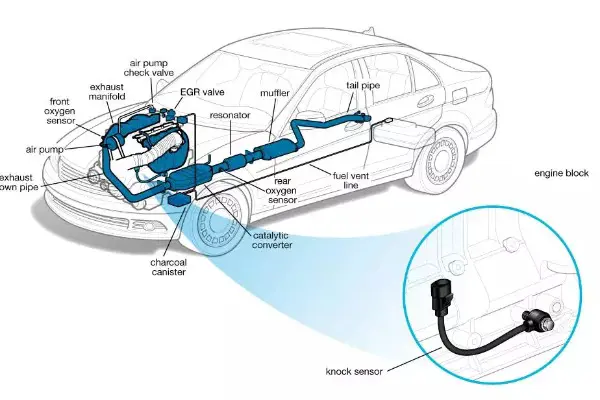AD590 Temperature Sensor: Datasheet, Circuit and Alternative
 Published: Jun 05, 2023
Published: Jun 05, 2023
Contents
The AD590 is a precision temperature sensor widely used in various industrial, scientific, and consumer applications. Known for its accuracy and stability, the AD590 provides an output voltage that is directly proportional to the temperature being measured. With its simple two-wire interface and wide temperature range, the AD590 offers versatility and reliability in temperature sensing.
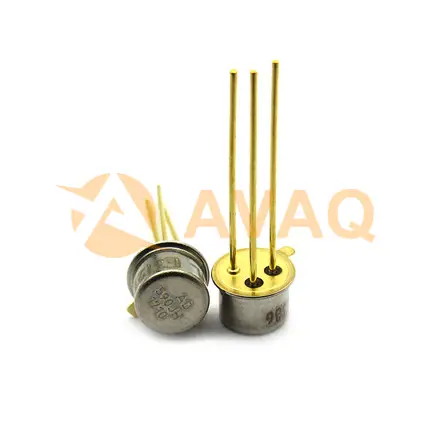
In this article, we will explore the key features and specifications of the AD590 temperature sensor, discuss its circuit implementation, and provide alternatives for applications that require temperature sensing capabilities.
What is AD590 Temperature Sensor
The AD590 is a type of temperature sensor manufactured by Analog Devices Inc., a leading semiconductor company. The AD590 is specifically designed as a two-terminal integrated circuit (IC) temperature transducer. It operates on the principle of converting temperature changes into proportional voltage output.
AD590 Features
1. The current flowing through the device (μA) is equal to the thermodynamic temperature (Kelvin) degrees of the environment in which the device is located, i.e.: IT/T = 1μA / K. In the formula: IT - current flowing through the device (AD590), unit μA. T - thermodynamic temperature, unit K.
2. The temperature measurement range of AD590 is -55℃- +150℃.
3. AD590 supply voltage range of 4V-30V. supply voltage can be varied in the range of 4V-6V, current IT change 1μA, equivalent to a temperature change of 1K. AD590 can withstand 44V forward voltage and 20V reverse voltage, so the device will not be damaged by reverse connection.
4. The output resistance is 710MΩ.
5. High precision. AD590 has a total of I, J, K, L, M five grades, of which M grade precision is the highest, in the -55 ℃ ~ +150 ℃ range, non-linear error ± 0.3 ℃.
AD590 Pinout
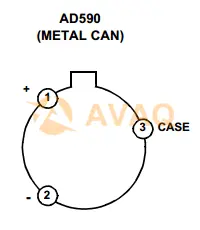
AD590 CAD Model


AD590 Specifications
|
Specification |
Value |
|
Temperature Range |
-55°C to +150°C |
|
Output Voltage |
Proportional to temperature (typically 1V/°C) |
|
Supply Voltage |
4V to 30V |
|
Power Consumption |
Low (typically a few milliwatts) |
|
Accuracy |
Less than 1°C |
|
Calibration |
Factory calibrated, no additional calibration required |
|
Package |
Two-terminal TO-52 |
|
Applications |
Industrial process control, environmental monitoring, HVAC systems, medical equipment, scientific instruments, etc. |
AD590 Working Principle
When the measured temperature is certain, the AD590 is equivalent to a constant current source, connect it to a DC power supply of 5-30V and connect a 1kΩ constant value resistor in series with the output, then the current flowing through this resistor will be proportional to the measured temperature, and there will be a voltage signal of 1mV/K at both ends of the resistor. The basic circuit is shown below.
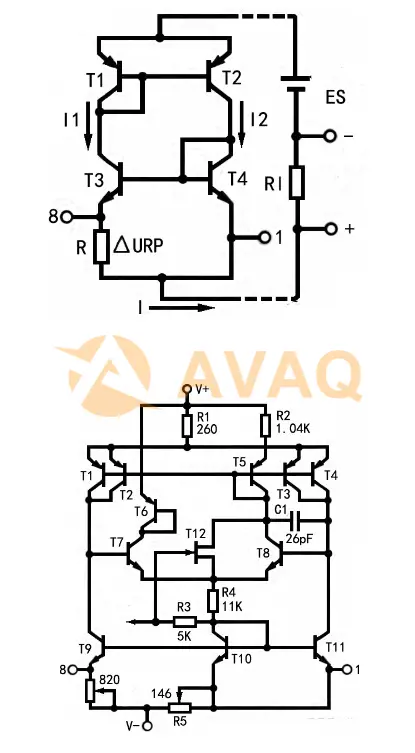
AD590 Application Circuit
The following figure shows the basic application circuit of the AD590 for thermodynamic temperature measurement. Since the current flowing through the AD590 is proportional to the thermodynamic temperature, when the sum of the resistance of resistor R1 and potentiometer R2 is 1kΩ, the output voltage V0 varies with temperature by 1mV/K.
However, since the gain of AD590 has deviation and the resistance also has deviation, the circuit should be adjusted by putting AD590 in the ice and water mixture and adjusting potentiometer R2 so that V0=273.2+25=298.2 (mV). However, this adjustment only ensures a high accuracy near 0℃ or 25℃.
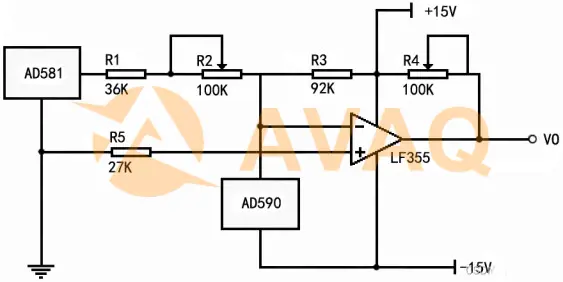
AD590 Advantages and Disadvantages
1. Advantages of the AD590 temperature sensor:
- Wide Temperature Range: The AD590 is capable of measuring temperatures within a wide range, typically from -55°C to +150°C. This makes it suitable for various applications that require temperature sensing in extreme environments.
- Proportional Voltage Output: It provides an output voltage that is directly proportional to the temperature being measured. This linear relationship simplifies temperature-to-voltage conversion and facilitates easy integration into measurement systems.
- Factory Calibrated: It is factory calibrated, eliminating the need for additional calibration procedures during normal usage. This saves time and effort in implementing the sensor in applications.
- Low Power Consumption: It operates on low power consumption, typically in the range of a few milliwatts. This makes it suitable for battery-operated or energy-efficient applications.
- High Accuracy: It offers high accuracy in temperature measurements, typically with an error of less than 1°C. This accuracy is crucial in applications where precise temperature control or monitoring is required.
2. Disadvantages of the AD590 temperature sensor:
Nonlinear Output:The AD590 has a nonlinear output, meaning the voltage does not change linearly with temperature. Additional circuitry or calibration may be required to achieve a linear response if necessary for a specific application.Limited Packaging Options:It is typically available in a two-terminal TO-52 package. This may limit the options for mounting or integration in certain systems or designs.Limited Temperature Range in Some Variations:While the typical temperature range of the AD590 is -55°C to +150°C, it's important to note that some variations or models may have different temperature ranges. It is essential to check the specifications for the specific variant being used.External Components Required:In most applications, the AD590 requires additional external components, such as a power supply, signal conditioning circuitry, and possibly linearization circuitry, depending on the desired output response.
AD590 Alternatives
Here are AD590 alternatives for reference,
|
Temperature Sensor |
Manufacturer |
Temperature Range |
Output Type |
Features/Remarks |
|
LM35 |
Texas Instruments |
-55°C to +150°C |
Analog voltage |
Linear output, low self-heating, easy to use |
|
TMP36 |
Analog Devices |
-40°C to +125°C |
Analog voltage |
Low power consumption, calibrated, low voltage operation |
|
DS18B20 |
Maxim Integrated |
-55°C to +125°C |
Digital (One-Wire) |
Digital output, multiple sensors on one bus, high accuracy |
|
LM75 |
Texas Instruments |
-55°C to +125°C |
Digital (I2C) |
Digital output, programmable resolution, I2C interface |
|
MCP9808 |
Microchip Technology |
-40°C to +125°C |
Digital (I2C) |
High accuracy, programmable resolution, I2C interface |
|
PT100/PT1000 |
Various manufacturers |
Various |
Resistance |
Wide temperature range, high accuracy, RTD (Resistance Temperature Detector) type |
|
DHT22 (AM2302) |
Various manufacturers |
-40°C to +80°C |
Digital (One-Wire) |
Measures temperature and humidity, single bus interface |
AD590 vs LM35: Which is Better
The choice between the AD590 and LM35 temperature sensors depends on the specific requirements and constraints of your application. Both sensors have their advantages and may be more suitable in different scenarios. Here are some factors to consider when determining which sensor is better for your application:
|
Specification |
AD590 |
LM35 |
|
Temperature Range |
-55°C to +150°C |
-55°C to +150°C |
|
Output Type |
Voltage (proportional to temperature) |
Analog voltage (linearly proportional to temperature) |
|
Calibration |
Factory calibrated, no additional calibration required |
Factory calibrated, no additional calibration required |
|
Supply Voltage |
4V to 30V |
4V to 30V |
|
Package |
Two-terminal TO-52 |
TO-92, TO-220, or SOIC |
|
Accuracy |
< 1°C |
±0.5°C (typical) |
|
Linearity |
Nonlinear |
Linear |
|
Self-heating |
Low |
Low |
|
Applications |
Industrial control, environmental monitoring, HVAC systems, medical equipment, scientific instruments, etc. |
Industrial control, environmental monitoring, HVAC systems, temperature measurement applications, etc. |
AD590 Datasheet PDF
Free download AD590 datasheet pdf here>>
Conclusion
In conclusion, the AD590 temperature sensor is a versatile and reliable component for precise temperature measurement in various applications. Its accuracy, stability, and wide temperature range make it suitable for industrial, scientific, and consumer applications. By referring to the datasheet and understanding the recommended circuit implementation, you can leverage the full potential of the AD590 temperature sensor in your projects.
Additionally, alternative temperature sensing options are available for specific requirements or when the AD590 may not be the optimal choice. Whether you are designing a temperature control system, monitoring environmental conditions, or implementing thermal protection measures, the AD590 and its alternatives offer valuable solutions for accurate and reliable temperature sensing.
 FAQ
FAQ
- How is the AD590 temperature sensor calibrated?
- The AD590 temperature sensor does not require external calibration. It is factory calibrated to provide accurate temperature measurements. However, if higher accuracy is desired or if the sensor drifts over time, recalibration or compensation techniques may be implemented.
- Can the AD590 sensor be used in both analog and digital systems?
- Yes, the AD590 temperature sensor can be used in both analog and digital systems. It provides an analog output current that can be converted into a voltage using an external resistor. This voltage can then be processed by an analog-to-digital converter (ADC) for digital applications or directly used in analog circuits.
- What is the accuracy of the AD590 temperature sensor?
- The accuracy of the AD590 sensor depends on various factors such as the operating temperature range, calibration, and individual sensor characteristics. The datasheet provides information on the typical and maximum accuracy specifications. In general, the AD590 offers good accuracy and stability for temperature sensing applications.
- What is the output format of the AD590 sensor?
- The output of the AD590 temperature sensor is a current that is directly proportional to the temperature. The relationship is typically 1 µA per Kelvin (K) or 1 µA per degree Celsius (°C). For example, at 25°C, the sensor would provide an output current of 25 µA.
 Popular Industry Focus
Popular Industry Focus
Hot Products
-
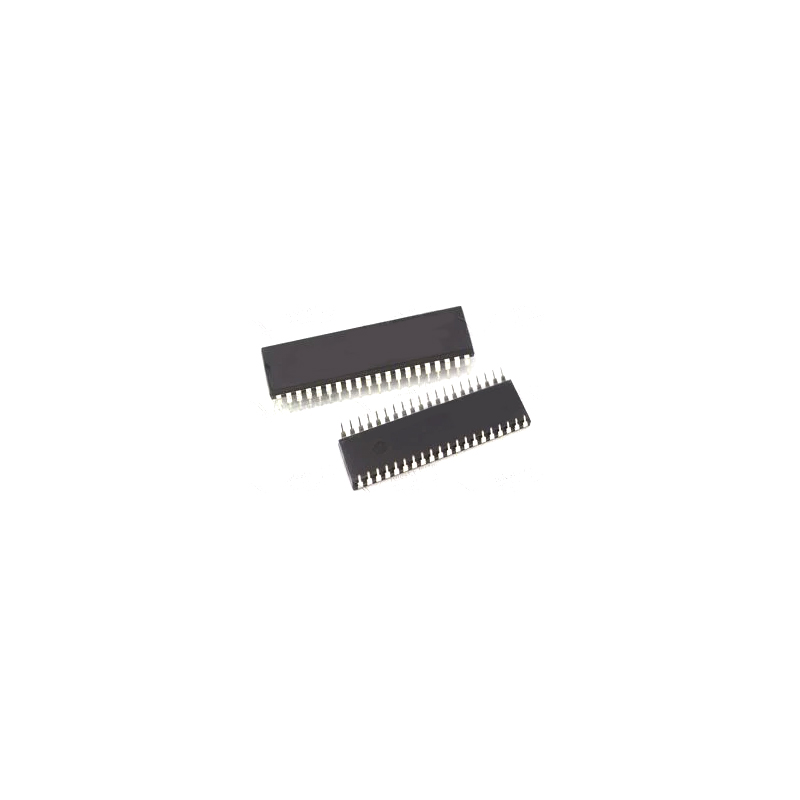
ICM7211AIPL+
Analog Devices, Inc
Four Digit Display Decoder/Drivers
-
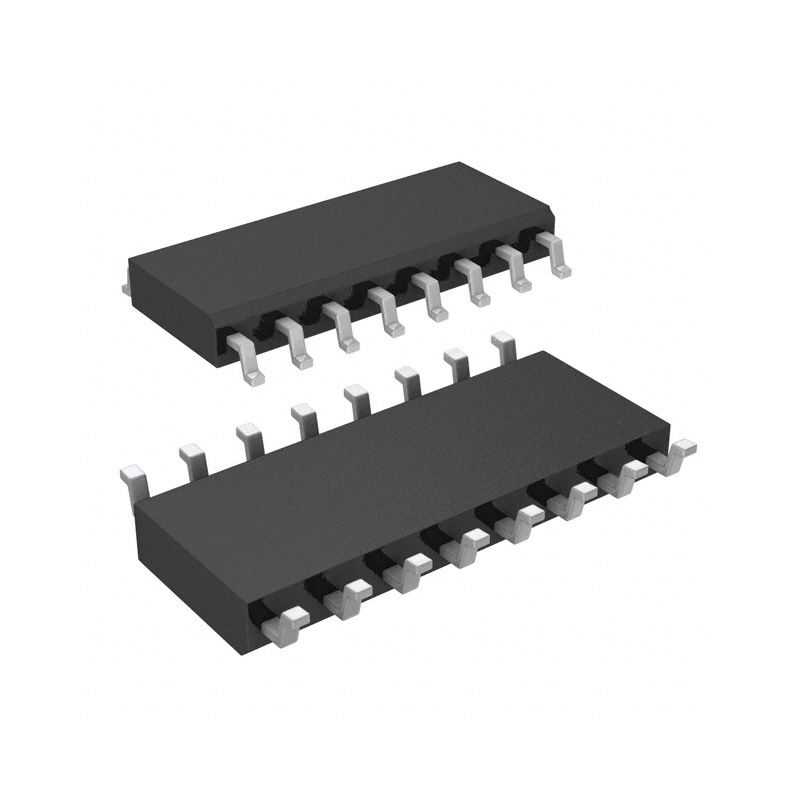
ADuM6200ARIZ
Analog Devices, Inc
Dual-Channel, 5 kV Isolators with Integrated DC/DC Converter (2/0 channel directionality)
-
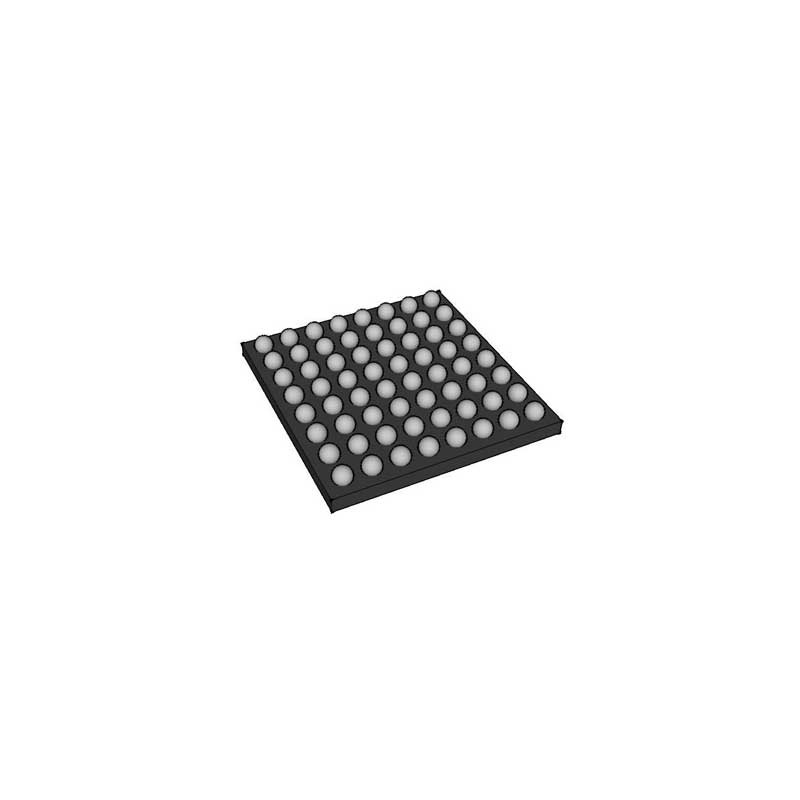
ADSP-TS101SAB1-000
Analog Devices, Inc
DSP Fixed-Point/Floating-Point 128bit 250MHz 625-Pin BGA Tray
-
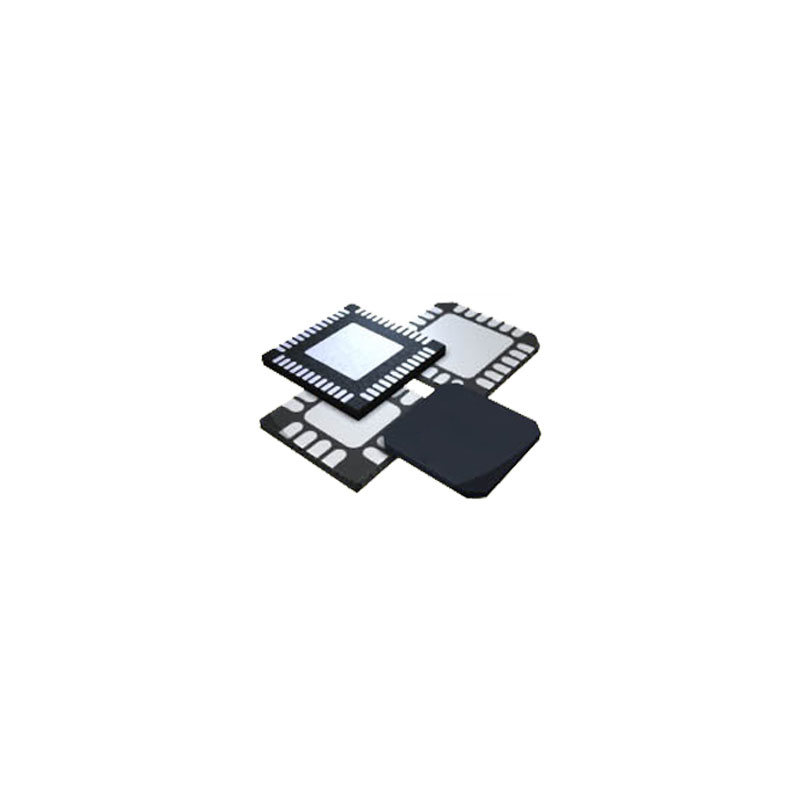
MAX7323ATE+
Analog Devices, Inc
I/O Expander 4 I2C 400 kHz 16-TQFN (3x3)
-
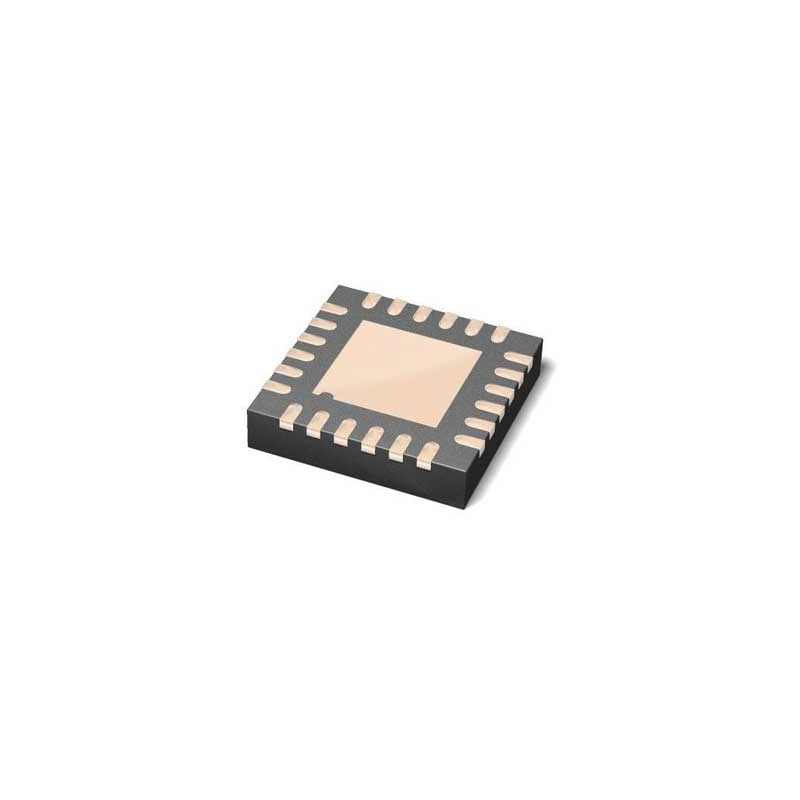
HMC858LC4BTR
Analog Devices, Inc
14 Gbps, 2:1 Differential Selector with Programmable Output Voltage
-

DS1220AB-100+
Analog Devices, Inc
NVRAM 16k Nonvolatile SRAM
Related Parts
-
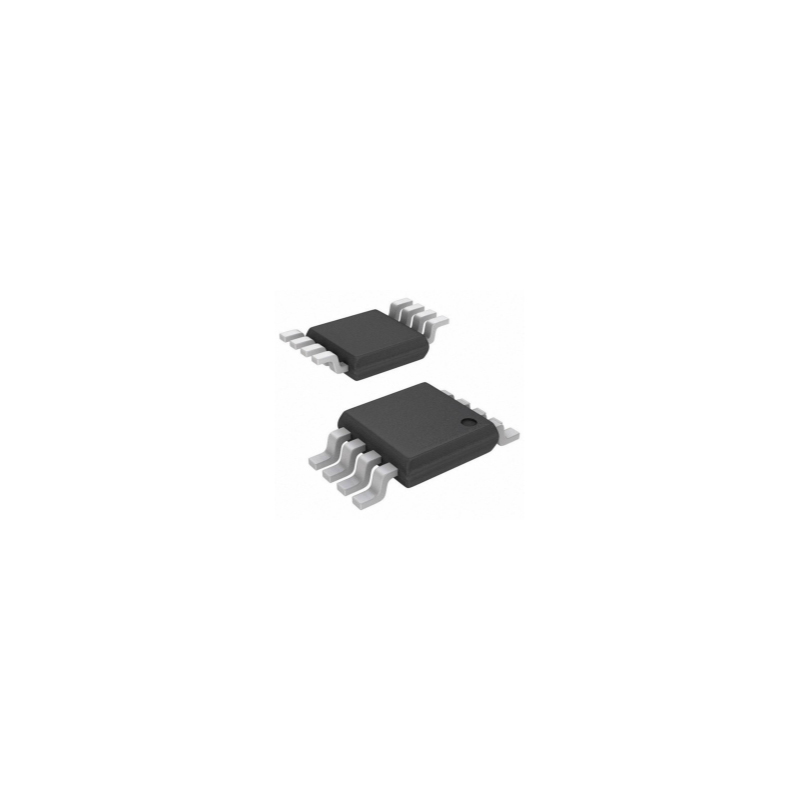
LM95235EIMM/NOPB
Texas Instruments, Inc
±0.75°C remote & local temperature sensor with SMBus, beta compensation for 65/90n
-

111-172CAG-H02
HONEYWELL
NTC Thermistors THERMISTORS
-

2450 00440030
HONEYWELL
Industrial Temperature Sensors COMMERCIAL THERMAL
-
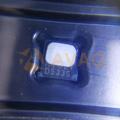
HTU21DF
TE
HTU21D Humidity and Temperature sensor with embedded PTFE filter
-
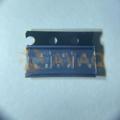
MCP9701AT-E/TT
MICROCHIP
Temp Sensor Analog Automotive AEC-Q100 3-Pin SOT-23 T/R
-

LM60CIZ/NOPB
TI
±2°C analog output temperature sensor with 6.25mV /°C gain and TO-92 option
-
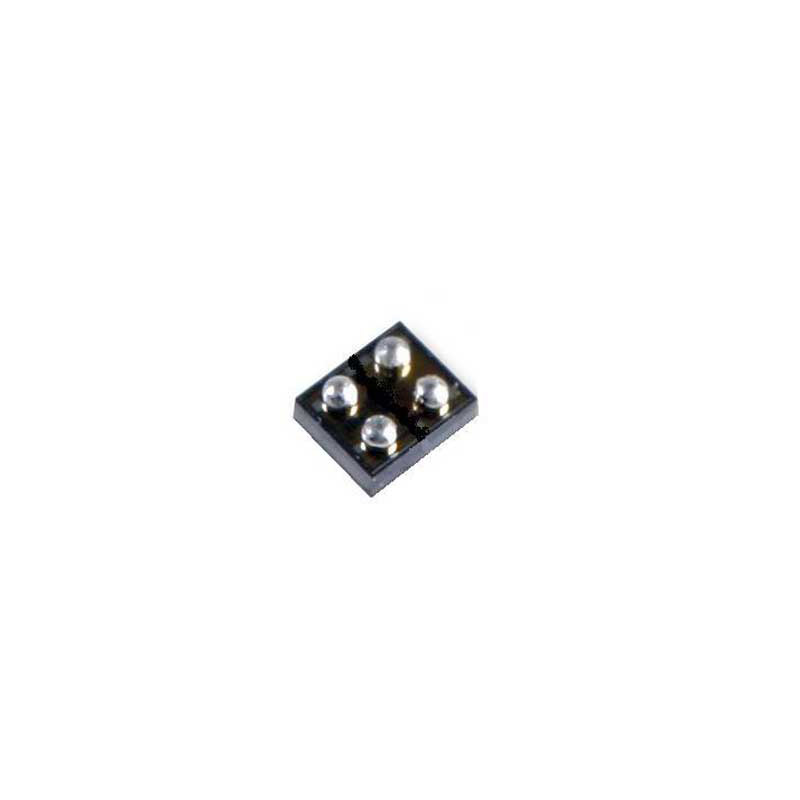
TMP103AYFFT
TI
±2°C Digital temperature sensor with I2C/SMBus capable of 1.4V in WCSP
-
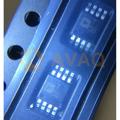
ADT75ARMZ
ADI
-
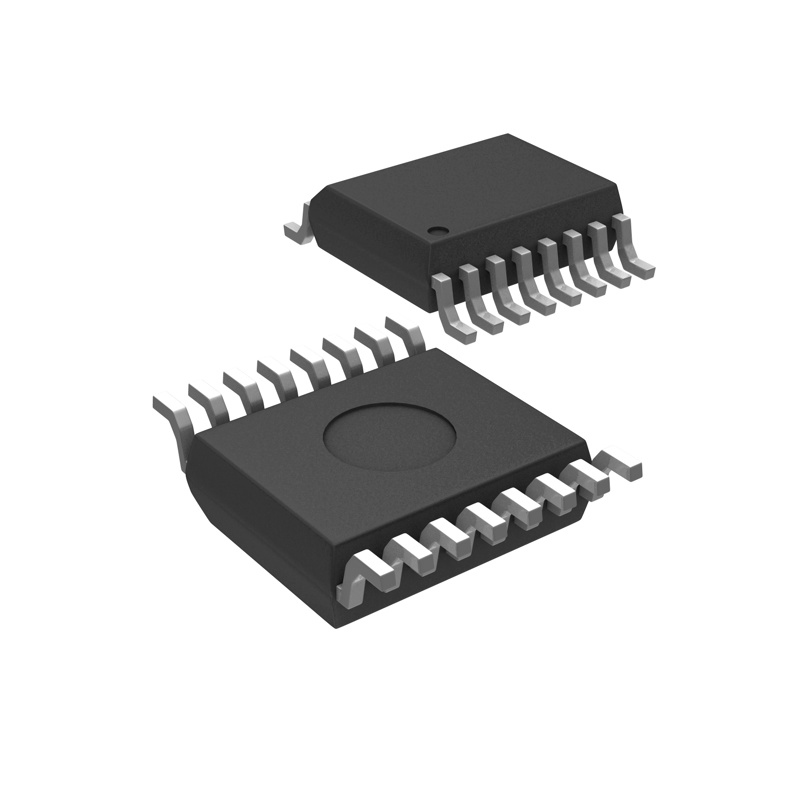
ADM1021AARQZ-R
onsemi
System Temperature Sensor
-

3100 00610197
Honeywell
Thermostats PRECISION THERMAL
-
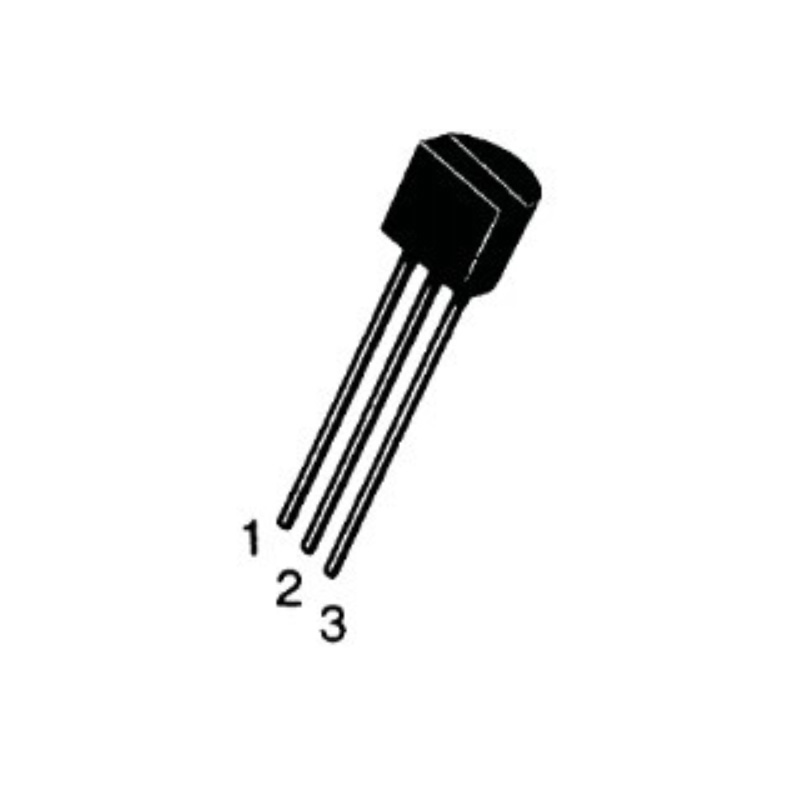
TSIC 501F TO92
Innovative Sensor Technology
Temperature Sensor Analog -10°C ~ 60°C 11 b TO-92
-
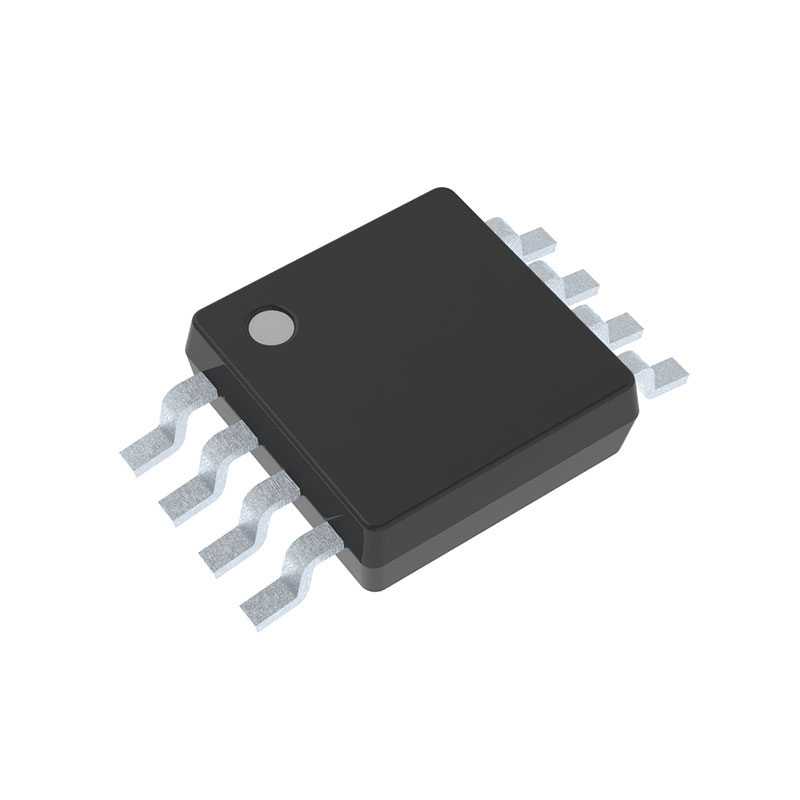
AT30TS750A-XM8M-T
Microchip
±0.5°C Acc. Digital Temp.Sensor with NVM reg..
-

67L080-0075
Sensata
Thermostats TO-220 thermostat, close on rise
-
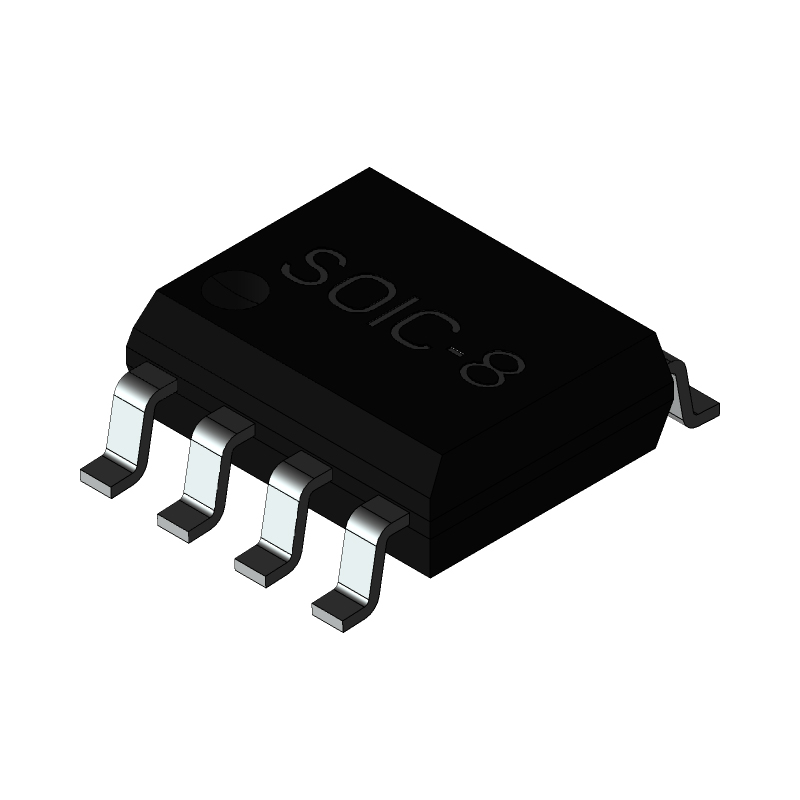
TCN75-5.0MOA
Microchip
Temperature Sensor Digital, Local -55°C ~ 125°C 8 b 8-SOIC
-

67F045-0150
Sensata
Thermostats TO-220 thermostat, close on rise

 Update Time: Jun 07, 2023 Consumer Electronics
Update Time: Jun 07, 2023 Consumer Electronics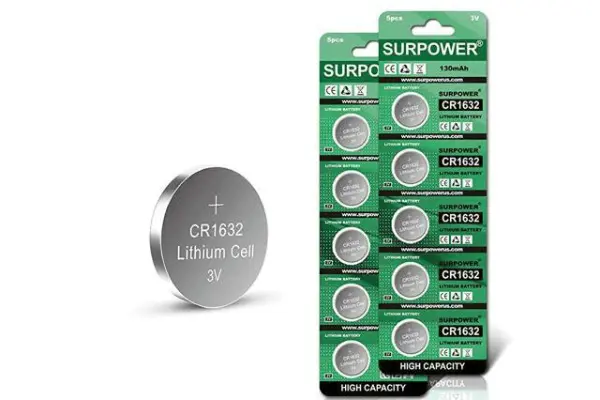

![[Solved] How to ByPass Garage Door Sensor](/files/uploads/technology/b/20230529183635sensor-alignment.webp)
